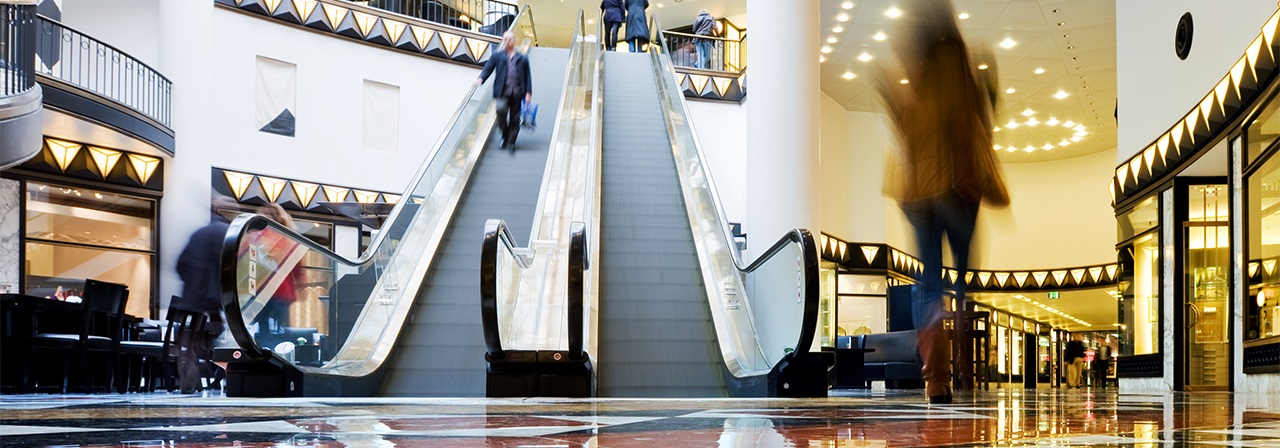What does the retail market offer in Buenos Aires for 2021
Where are the opportunities? What are the alternatives in the current and future scenario?
One of the markets most affected by the pandemic and the consequent quarantine has been, along with the hotels and tourism industry, the retail sector. "The market has been already experiencing low consumption due to the complex economic situation in the country for years. The current crisis deepened pre-existing problems and added new ones that, together, laid the foundations of a complex and uncertain landscape" warns Guido Mosin, the research manager at JLL. He points out that, in this case, it is important to analyze the behavior of market indicators in the main commercial corridors of the city to have clearer prospects.
Impacted areas
Perhaps one of the most emblematic areas is the pedestrian Florida Street, which becomes an accurate activity thermometer. This artery got affected the most. The increase in the availability of spaces for rent became evident, with a greater emphasis towards the last quarter of the year. The numbers are eloquent: vacancy rose from 4% in the first quarter to 14% at the close of 2020. "The average rents requested to occupy these areas also serve as an accurate record. At the end of 2020, the retail space in the mythical pedestrian averaged an asking price of USD 22,7 per square meter, significantly below their historical rents", says Mosin. It highlights, however, some areas that were distinguished by the enormous resilience they showed, such as Rivadavia Avenue in conjunction with Acoyte Avenue.
This corridor presents virtually zero vacancy and price stability, he adds.
Key factors
What were the keys that shaped the sector in an unprecedented year? The JLL Research Manager offers an analysis of the panorama on all its edges. On the one hand, the policy of isolation and social distancing produced an important growth of e-commerce, which was extended to a variety of fields. Also, as a result of quarantine policies, the takeaway and delivery modality grew a lot. There was also a significant turnover that led to a renewal of occupancy in major commercial corridors. The product of many closures due to the economic situation or changes in the customer care models, there was also a new demand for items that previously did not access the most relevant axes, such as those located on Cabildo and Santa Fe avenues. On the other hand, the context was more prone to the suspension of expansion plans, the closure of branches and reduction of surfaces, less presence of international brands, and extended renegotiations of contracts.
Looking for more insights? Never miss an update.
The latest news, insights and opportunities from global commercial real estate markets straight to your inbox.
From the owners' perspective, argues Diego Grau, retail broker of JLL, this complex scenario forced many to prioritize occupation over profitability. Also, some prices will be sincere according to the new market situation. That is why, for example, today it is possible that a retail space where before there was a bank, now will be occupied by a restaurant, a gym or even be divided to generate two more small premises.
Future prospects
For the JLL specialists, the retail market of the city is today, in short, a reflection of unpublished conditionings that have been added to pre-existing problems, some of them cyclical and others structural. "Thinking about the future, it would seem that the market will revalidate the preponderance of traditional corridors of great avenues, with open-air shopping centers and premises with limited opportunities to respond to new business modalities. On the other hand, it will be important to be creative and flexible in commercial proposals to facilitate agreements and therefore the business generation", says Diego Grau.
The future scenario is uncertain, and its behavior will largely depend on progress towards the new normal and the recovery of economic indicators. For Guido Mosin, it is possible to project, however, with some degree of certainty, that 2021 will be a year that, at most, will lay the foundations of a timid recovery, with a horizon of expansion and growth that will be still glimpsed far away. In this context, he points out, items such as supermarkets – retailers and wholesalers –, pharmacies and health, gastronomy, and low-cost services, are the ones that will have the greatest capacity to provide a slightly more encouraging picture.
Note: This article was originally published in La Nacion
Contact Diego Grau
Retail Broker, JLL, Buenos AiresWhat’s your investment ambition?
Uncover opportunities and capital sources all over the world and discover how we can help you achieve your investment goals.
